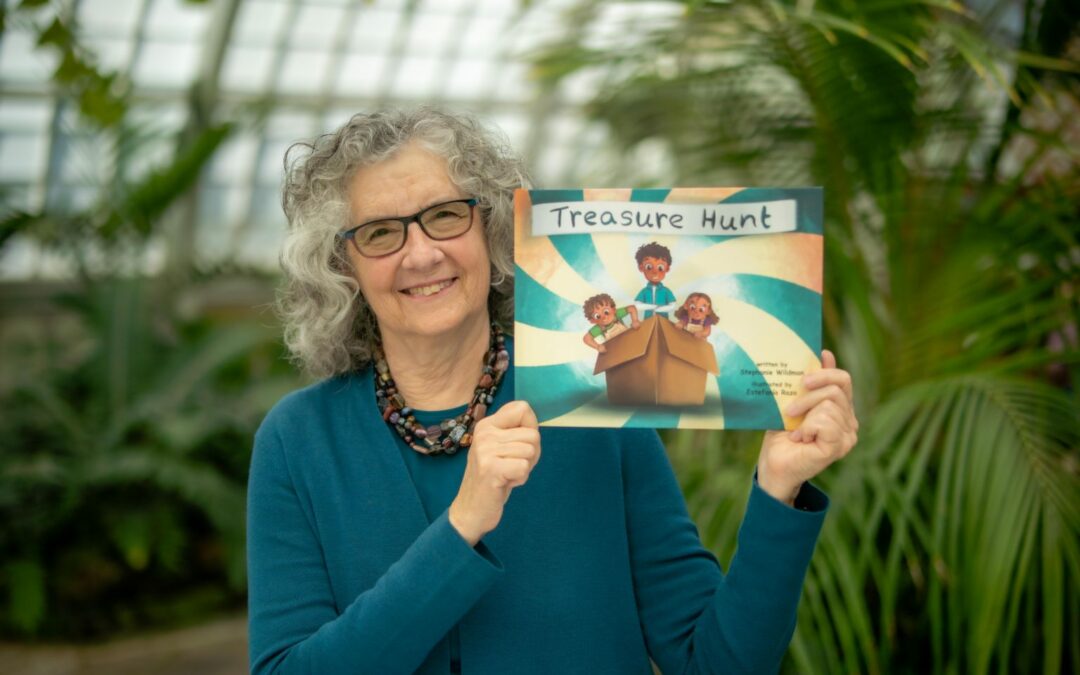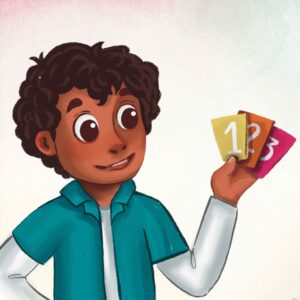Each year, we invite the authors from our Screen-Free Children’s Booklist to contribute to our blog, to illustrate why unplugging from screens is important to them! In this post, republished from Lawley Publishing with permission, Treasure Hunt author Stephanie Wildman offers some awesome screen-free activities and discusses how she uses the book to inspire creativity! Also be sure to check out Stephanie reading Treasure Hunt here and additional resources for use with the book here. Treasure Hunt is illustrated by Estefania Razo. También en español (Búsqueda del Tesoro).
ABOUT THE AUTHOR: Stephanie Wildman is the author of Treasure Hunt (illustrated by Estefania Razo; translated into Spanish as Búsqueda del Tesoro by Cecilia Pópulus-Eudave) and Brave in the Water (illustrated by Jenni Feidler-Aguilar; translated into Spanish as Valiente en el Agua by Cecilia Populus-Eudave).






